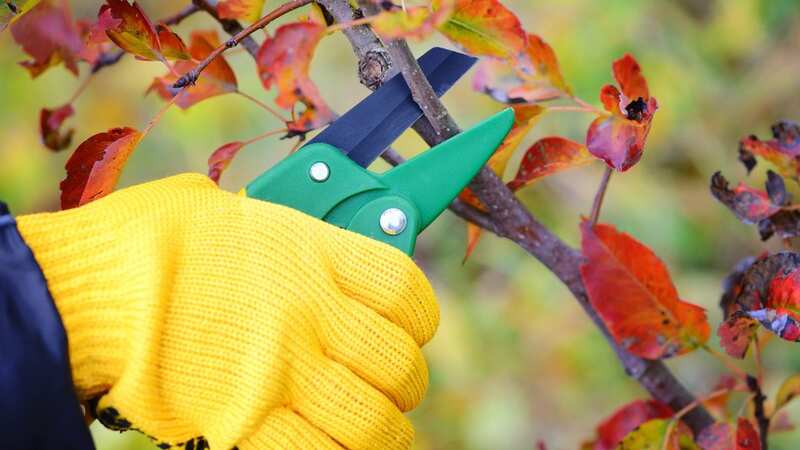'Best time' to prune maple trees to 'rejuvenate' and 'avoid reduced growth'

Winter might be on the way but don't put away your gardening tools just yet. The colder months are actually the opportune time to get to work on some of the plants in your garden - including the popular Japanese maple tree, also known as Acers.
According to the Royal Horticultural Society (RHS), Japanese maples are best pruned when they are fully dormant (from the months of November to January), because maples bleed sap from pruning cuts at other times, which weakens the tree. The RHS also advises that "pruning is best kept to a minimum". Aim to just remove badly-placed or crossing shoots to encourage a good framework of branches to grow. And you should always prune back to a well-placed side branch; do not leave a stub as this is often prone to decay and dieback.
There are a number of advantages to pruning maple trees in the winter months. With no leaves left on the tree, gardeners have a much clearer view of its structure, making it much easier to make precise pruning cuts.
Experts at Bright Lane Garden told the Express that pruning during dormancy also places less stress on the tree because its energy is now concentrated in the roots and trunk, avoiding potential harm to the health of the tree. Additionally, many pests and diseases that affect Japanese maples are less active or are dormant during winter, minimising the risk of infestation or disease transmission through pruning cuts.
And finally, pruning when they are dormant, just before the growing season encourages the tree to "produce new growth" rather than "reduced growth" in the spring, "aiding in shaping and rejuvenating the tree".
 Tips to stop windscreen freezing and prevent blades from sticking to window
Tips to stop windscreen freezing and prevent blades from sticking to window
While the majority of plants and flowers prefer warmer weather, others absolutely thrive in the colder winter months. Plenty of flowers bloom during the darkest, coldest times of the year, just when you need colour the most! Some, such as bulbs, need to be planted in the fall for late winter flowers, while others can be planted in early to late fall before cold weather sets in for the year.
Snowdrops and winterberry are obvious choices — but others like pansies, winter aconites, cyclamen, and winter heather can bring a pop of colour and texture to your winter garden. Similarly, winter jasmine, winter cherry, mahonia, early flowering daffodils and daphnes can brighten up the colder months, while winter honeysuckle will also bring a beautiful scent along with its cream-white flowers.
Read more similar news:
Comments:
comments powered by Disqus
































